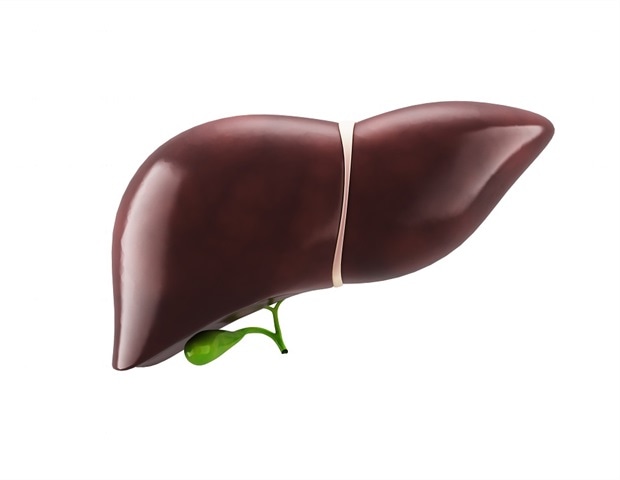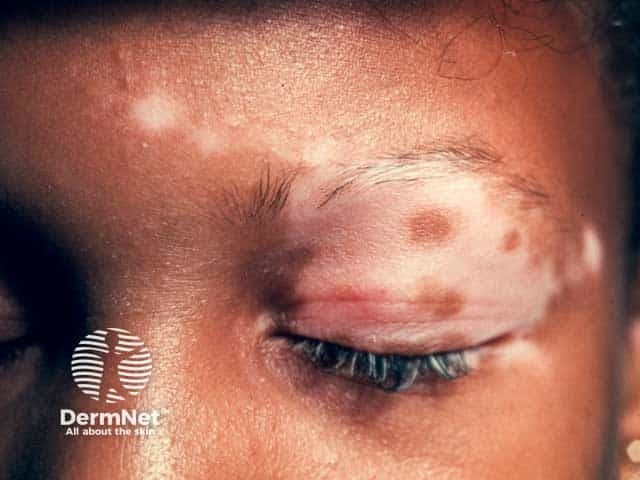A rare but dangerous form of breast cancer is on the rise in the United States, a new report says.
Lobular breast cancer rates are rising three times as fast as all other breast cancers combined, 2.8% per year versus .8% per year, researchers…

A rare but dangerous form of breast cancer is on the rise in the United States, a new report says.
Lobular breast cancer rates are rising three times as fast as all other breast cancers combined, 2.8% per year versus .8% per year, researchers…
This request seems a bit unusual, so we need to confirm that you’re human. Please press and hold the button until it turns completely green. Thank you for your cooperation!

The prevalence of Alzheimer disease (AD) is approximately two times higher in African Americans (AA) compared to White/European-ancestry (EA) individuals living in the U.S. Some of this is due to social determinants of health such…

Today (8th October), Ireland’s Minister for Further and Higher Education, Research, Innovation and Science, James Lawless TD, launched Phase 2 of the country’s leading and largest ever cancer research program, Precision Oncology…

Biliary atresia (BA) is the leading cause of liver failure in infants, marked by progressive destruction of the bile ducts. Until the late 1950s, the disease was universally fatal, with no effective treatments. The development of…

A new research paper was published in Volume 16 of Oncotarget on October 6, 2025, titled “ACTM-838, a novel systemically delivered bacterial immunotherapy that enriches in solid tumors and delivers IL-15/IL-15Rα and STING…

Emotional distress, including anxiety, depression, and stress, is prevalent among patients with vitiligo, often exacerbating disease perception and treatment adherence.1 While physical activity (PA) is known to mitigate psychological symptoms in…
SYDNEY, Oct. 8 (Xinhua) — An Australian-led study has found that women carry a significantly higher genetic risk of depression compared to men.
The study revealed for the first time important genetic differences in how females and males…
WHAT
The African Union Healthy Lifestyle Day 2025 will be held under the theme: Mental Health in the Family with the slogan: Healthy Home, Healthy Workplace.
The event aims to promote family-centered mental health and overall well-being among AU…